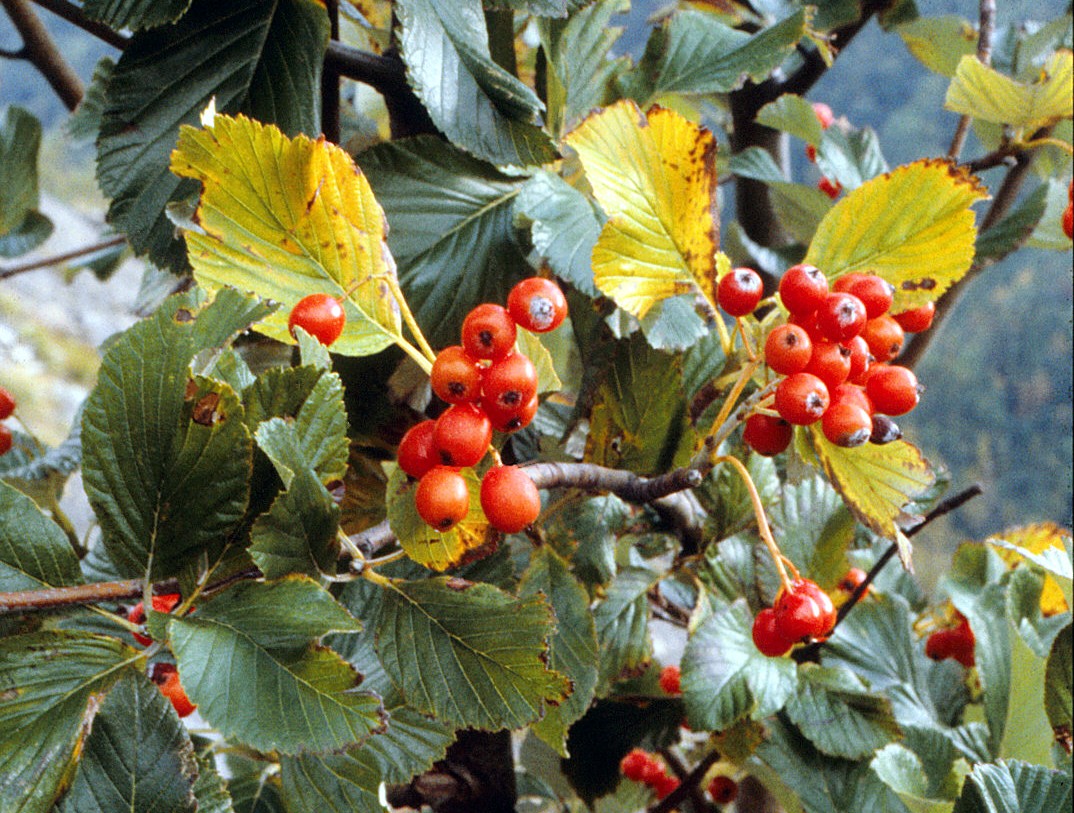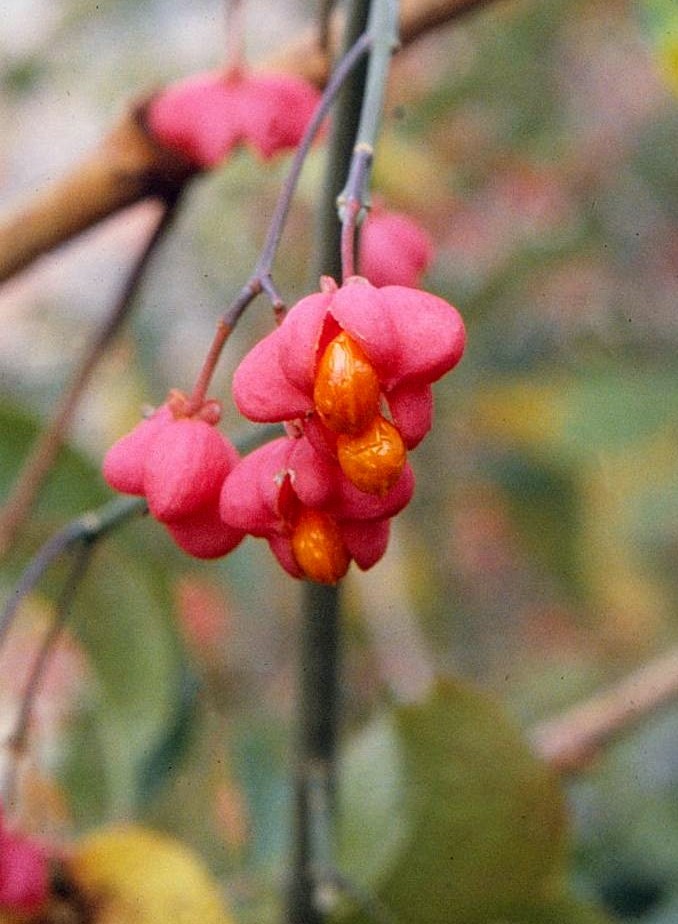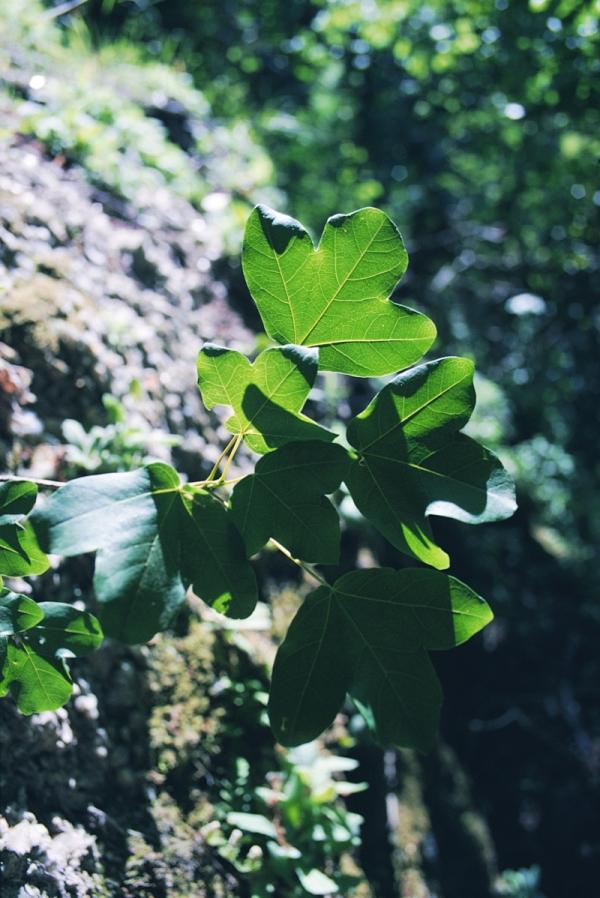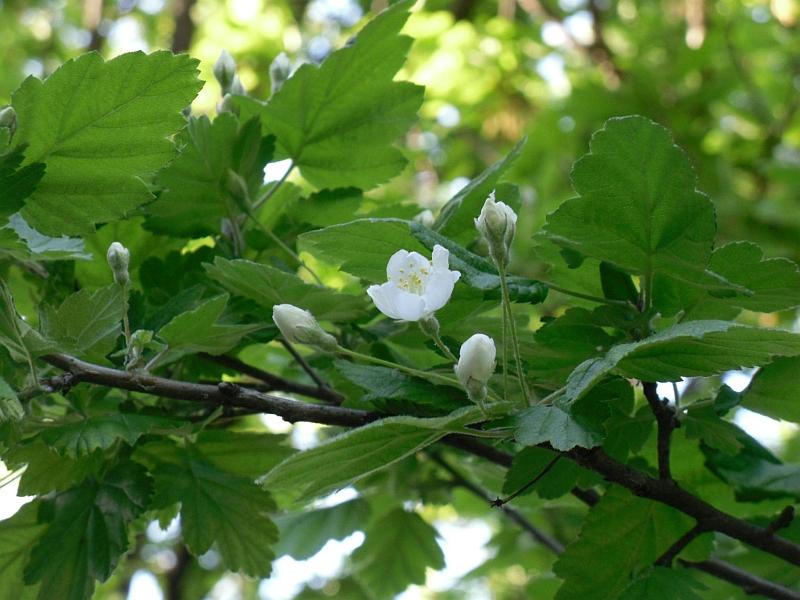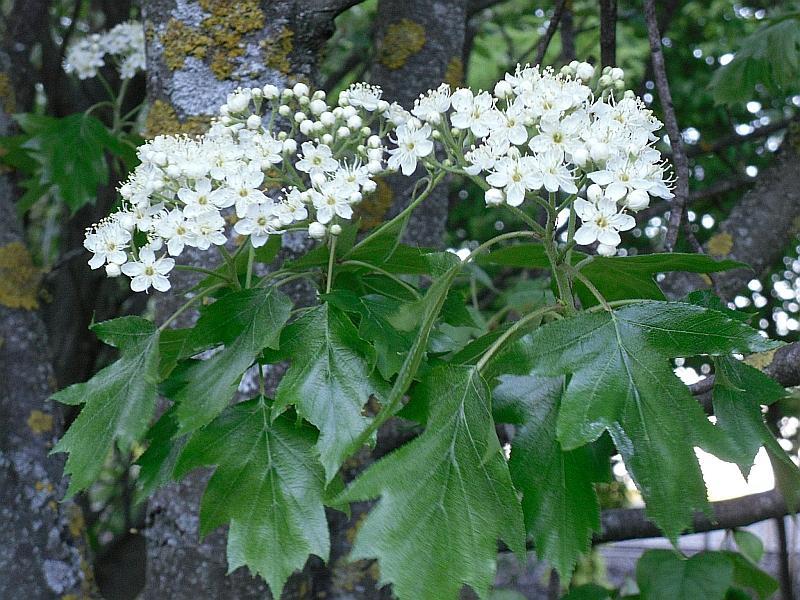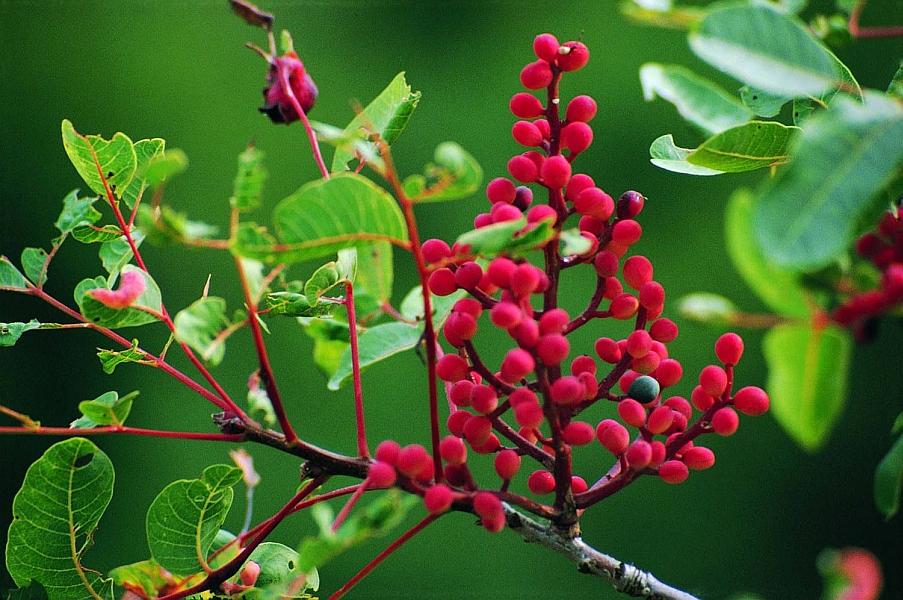
Giardino Botanico del Civico Museo di Scienze Naturali
This post is also available in:
 Italiano (Italian)
Italiano (Italian)
“Civico Museo di Scienze Naturali” of Faenza includes ornithological and entomologic collections and also a collection of the local fauna, which is present at the moment in the area. Inside the museum, there is also a botanical garden, which was created in 1981 at the initiative of some associates of “Gruppo Speleologico Faentino” on the already existing Paganelli nursery, which used to produce ornamental plants, which were mainly exotic.
The garden has led to the discovery and study of natural environments from the Adriatic coast till the higher parts of the Apennines, mainly for the rarest and woody species of Faenza’s flora, which have nearly disappeared after years of exploitation.
Initially, only local trees and bushes were introduced in the garden, but then came also shrub-like essences of Mediterranean flora. Trees and bushes are kept in natural conditions, which means they are left with open canopy with scarce pruning, which are limited to removing some of the lower fronds, in order to recreate the natural landscape and to favour the spontaneous arrival of wild species, like bats, squirrels and various bird species, which can be frequently observed in the garden.
Grass is cut only in certain area to respect spontaneous flowerings: in fact, some spontaneous orchids, anemones, lilacs and other bulbous species have made their appearance.
The plants
Some of the most important specimens of the garden are the 2 Quercus crenata, whose development is notable, belonging to one of the rarest oak-species of our Apennines and for this reason it is protecte (Legge regionale 2/77): they are evergreens with a thick corky cortex; in addition, there is a rare Carpinus orientalis, a bushy tree with tiny leaves which is not so tall, comes from the Balkan area and is present only in a pair of wreckage forests in the coast area; Staphylea pinnata an extremely rare tree present in the rocky-fresh recesses of the mountains; Malus fiorentina with white flowers and indented leaves used to be present in hilly oak forests and sandy terraces, which have now disappeared. Furthermore, ashes, maples, lindens, poplars and other oaks, together with exotic conifers like pines and ornamental cedars preexisting to the garden grow here. Among them, there is an impressive Sequoia sempervirens from the swamps of North America.
Bibliography
Bassi S., 1985 – Il parco e le essenze arboree. In (Paganini Paganelli V., Bassi S., Costa G.P.): Museo Civico di Scienze Naturali. Il contenitore e il progetto museografico. Comune di Faenza.
Bassi S., 1987 – Guida al Giardino Botanico. La parte vivente del Museo. Comune di Faenza. Museo Civico di Scienze Naturali.
This post is also available in:
 Italiano (Italian)
Italiano (Italian)
Contatti
Via Medaglie d'Oro, 51 - Faenza(RA)
0546 562425
http://www.museoscienzefaenza.it/index.php?lang=it
Altre info
Ingresso gratuito con offerta libera
Lunedì e giovedì; mostre temporanee del museo sabato e domenica.
9.30-12.00 e 15.00-18.00, domenica solo orario pomeridiano
